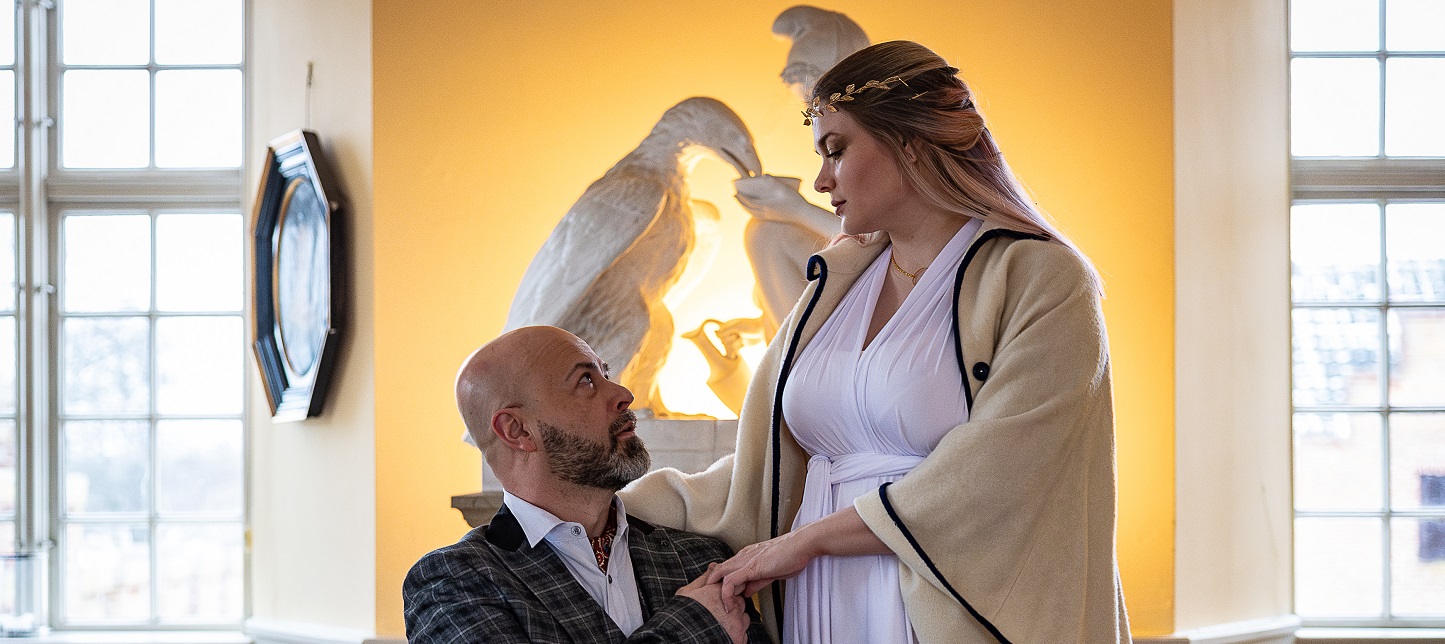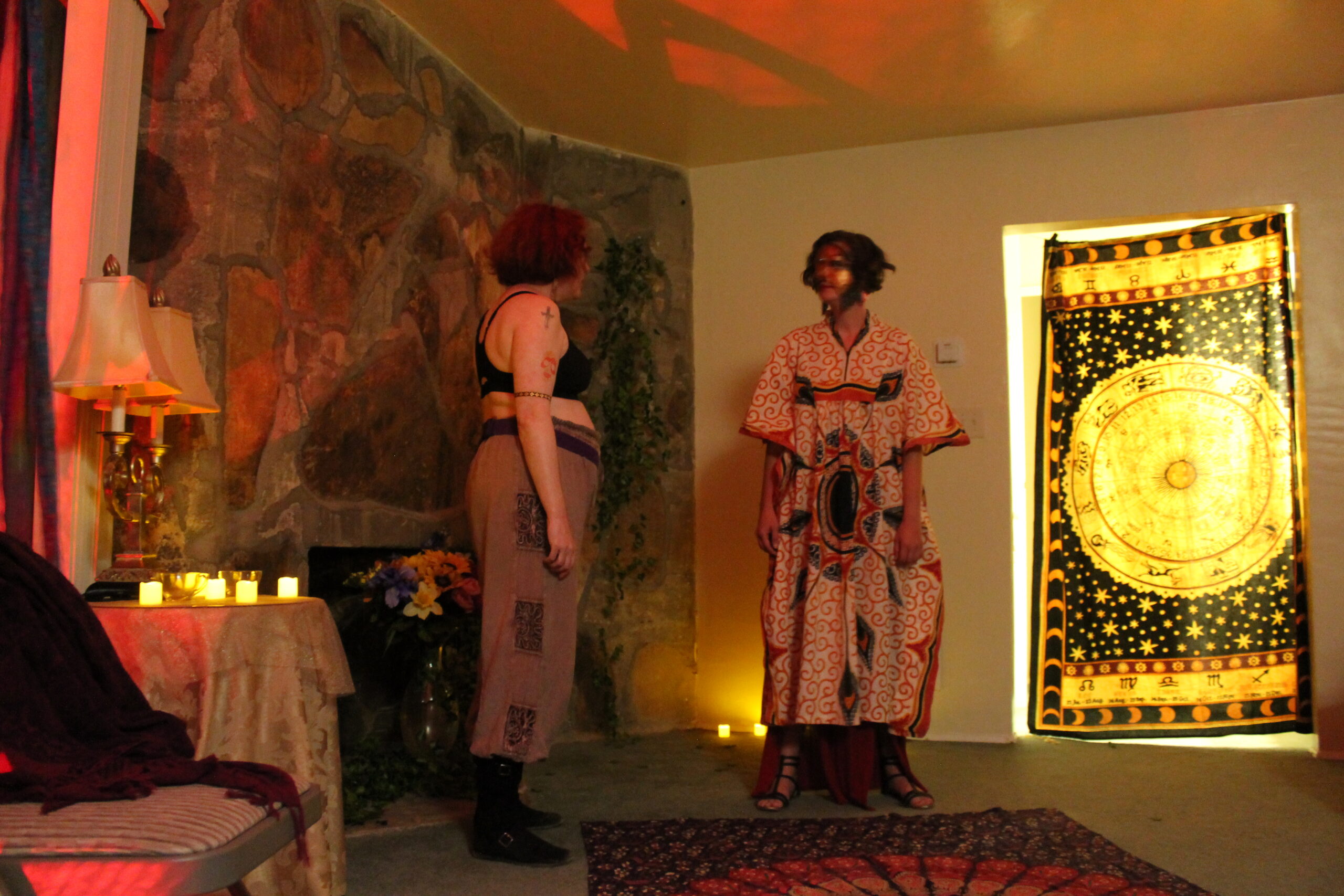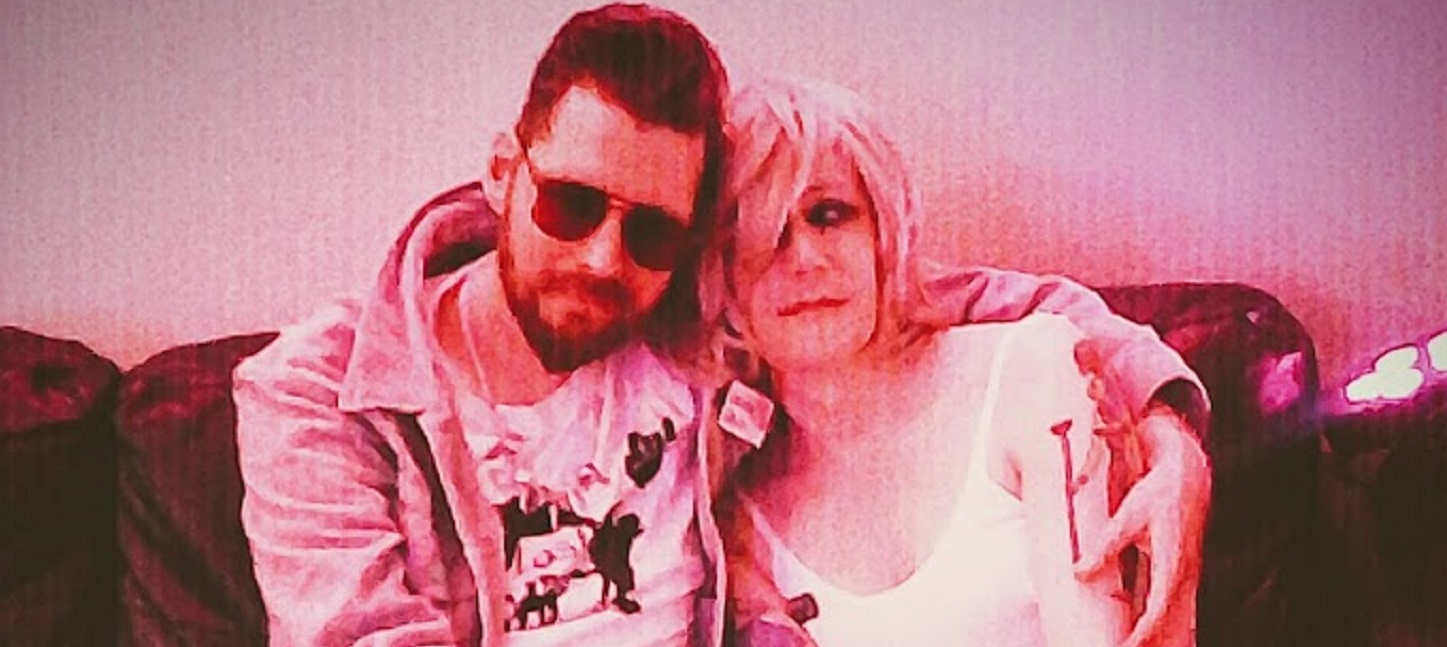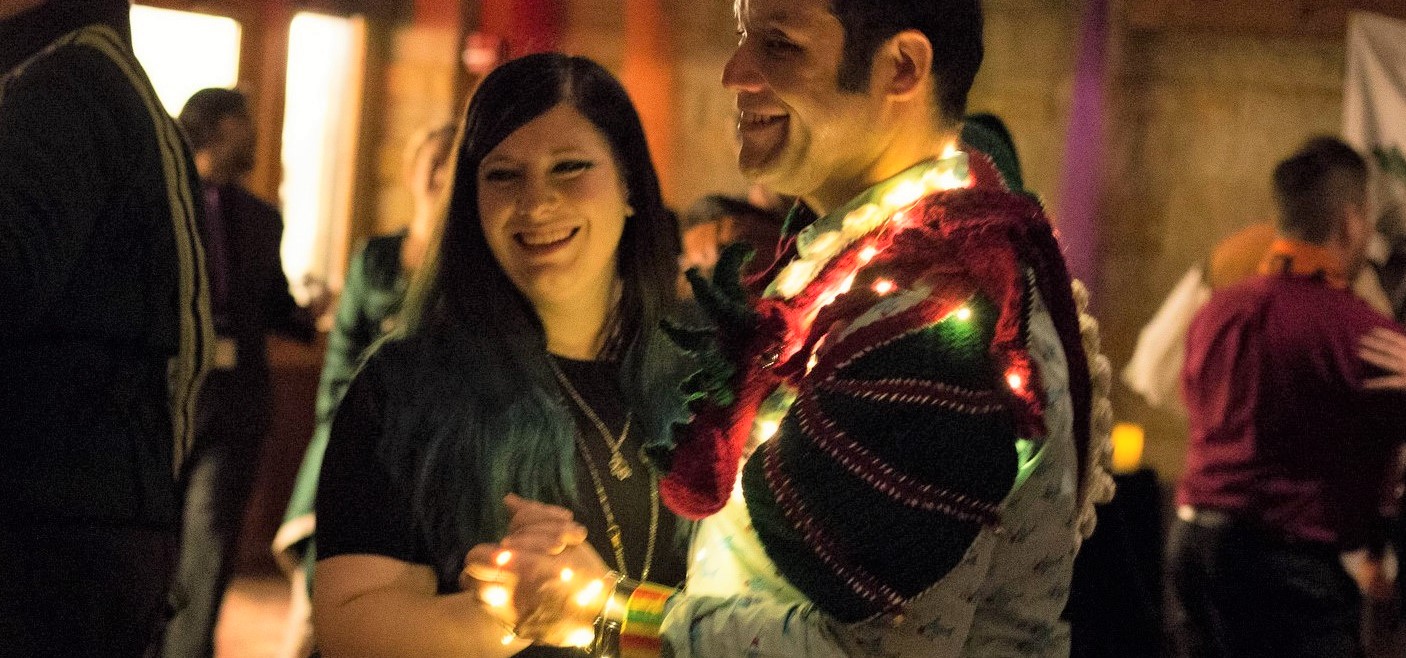Author: Sarah Lynne Bowman
-

Helicon: An Epic Larp about Love, Beauty, and Brutality
Ritual play in which group of artists, leaders, and scientists bind the Muses of antiquity to their will.
-

Listen 2 Your Heart Season 8: An Unexpectedly Bleedy Experiment
Reflections on an online larp adaptation of the popular Netflix dating series Love is Blind.
-

Transformative Role-Play: Design, Implementation, and Integration
in
A framework for how to design, organize, and play intentionally for transformative impacts throughout the role-play experience and beyond.
-

The Butterfly Effect Manifesto
in
This manifesto describes our preference for playing, designing, and facilitating larp experiences with the purpose of encouraging transformative impacts.
-

Immerton
in
Immerton is a 4-day larp written by women for women participants, taking place in a fictional society of women in a polytheistic goddess pantheon. Produced by Learn Larp, the game used a feminist sandbox design that emphasized rituals, relationships, collaborative roleplay, and transformational experiences using a meta room, mask play, and multimedia storytelling as core…
-

Larp Counselors: An Additional Safety Net
in
This article advocates for the inclusion in certain larps of the unique role of a counselor, who is part of the safety team.
-

Enlightenment in Blood: A Pervasive World of Darkness Nordic Larp
It’s not a revolution… it’s an insurrection. Anarch catchphrase during Enlightenment in Blood Enlightenment in Blood was an official White Wolf larp in the Nordic style spanning 10 locations for approximately 200 players in the city of Berlin. The larp lasted five hours and took place in the Friedrichshain district on May 12, 2017. Developed


